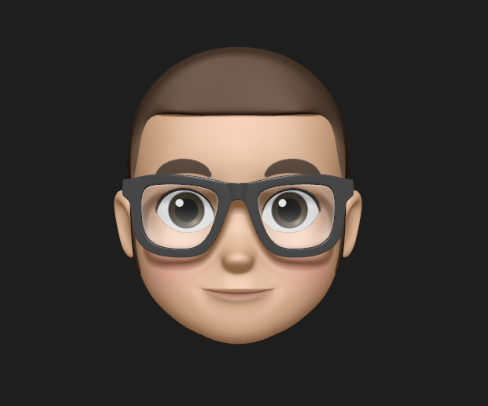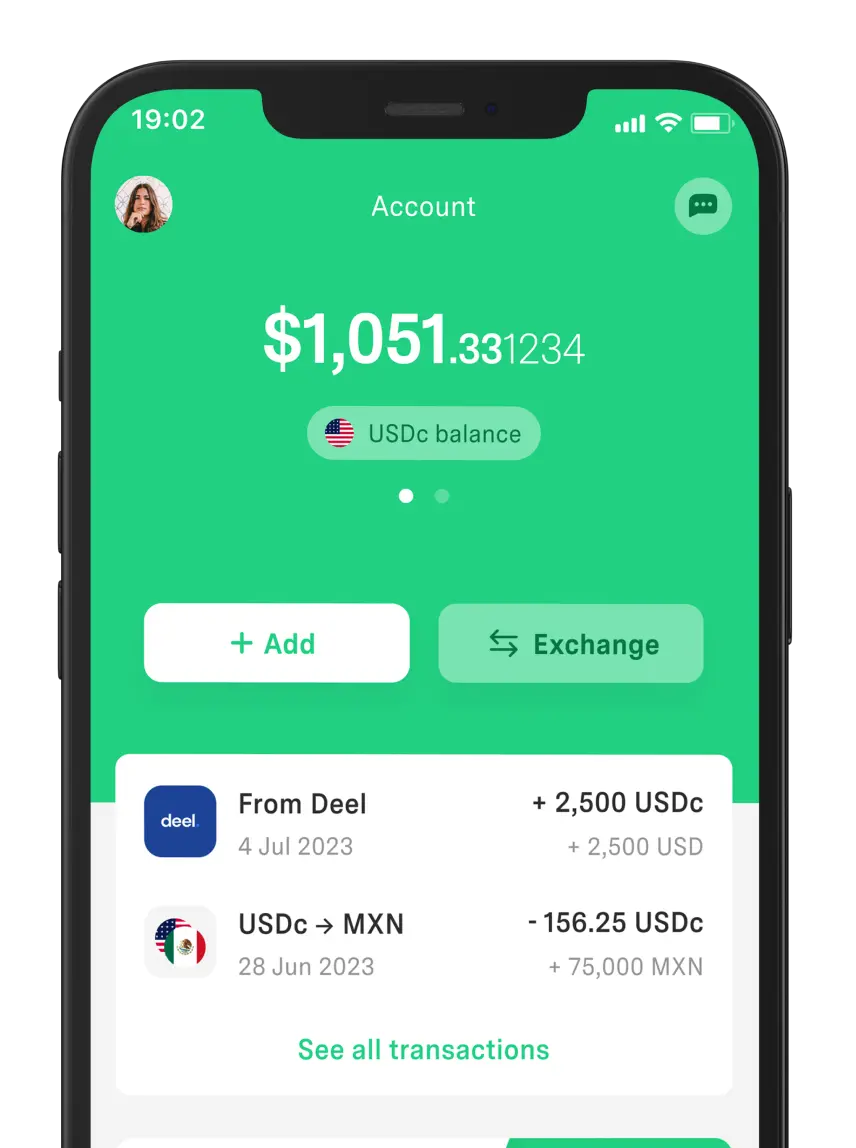 Freelancer tips
Freelancer tips Johari Window: What it is, what it’s for, and how to use it (with examples)
Struggling to understand how others see you? The Johari Window reveals what you're missing—and what you need to change now.



Google Meet is Google’s video call and videoconferencing platform, designed to host virtual meetings from any device. Essentially, it streamlines long-distance communication, offering collaboration tools for individual users, schools, and businesses.
Want to know how to start or schedule video calls?
Stick around and discover what Google Meet is, its main features, and the steps to learn how to use it.
It’s the service developed by Google so users can make video calls from the browser or mobile app. It launched in 2017 as part of the transition from Google Hangouts to tools more focused on productivity.
While it’s currently integrated into the (paid) Google Workspace suite, you can also use it for free on its own with a personal account.
What is Google Meet used for?
For organizing video calls, videoconferences, and online meetings in a simple, accessible, and secure way. That's why it's used for group or one-on-one meetings, virtual classes, tutorials, presentations, or webinars.
As part of Google Workspace, Meet connects with apps like Gmail and Google Drive. This means you can schedule meetings and share documents without leaving the Google ecosystem.
On top of that, there are several Google Meet features that enhance the collaboration experience, including:
Screen sharing to show presentations, documents, or any app in real time.
HD video calls with noise cancellation.
AI-generated live captions that make conversations more accessible.
Virtual backgrounds and video effects that help personalize your environment and maintain privacy.
In-meeting chat for quick comments or important links.
Advanced security with encryption, two-step verification, and moderator controls.
In addition, Google Meet can be complemented with tools like Slack, allowing you to create a more agile collaboration flow. As well as with Krisp, which filters background sounds and improves voice clarity in noisy environments.
Google Meet Grid View (also called “tiled layout”) is a viewing mode. Simply put, it lets you see all participants on a single mosaic-style screen.
How to enable grid view in Google Meet?
Here are the steps to do it from desktop:
Open Google Meet on your computer.
Select a scheduled meeting or enter a code/nickname.
Click “Join.”
Go to More options > Change layout.
Choose “Tiled / Grid view.”
Let’s walk through each one:
1. Go to meet.google.com from your browser, where you can choose a meeting from your calendar or join directly with a code or nickname. Click “Join” to enter.
2. Once inside, click the three vertical dots icon in the lower-right corner of the screen.

3. Select “Change layout.”

4. Then click “Tiled” or “Grid.”

To view participants simultaneously, click the mosaic box at the top right:

5. If you want to adjust the number of simultaneous tiles, use the slider that appears in that settings window.
6. If you want to include your own video among the tiles, enable the option (generally a button with four little squares).
The bad news is that grid view usually isn’t available natively in the mobile apps (iOS / Android).
However, you can choose to open Google Meet from the device’s browser and enable “desktop site” mode. From there you can change the layout as in the desktop version.
Google Meet has both pros and cons.
One advantage is that it’s integrated into the Google ecosystem and offers a free version. But compared with other options, it has its limitations.
For example, one disadvantage of Google Meet versus Zoom is that it has fewer customization options. Also, advanced features for large events are more limited.
In summary, here are its pros and cons:
Advantages | Disadvantages |
Simple, easy-to-use interface. Handy free version. Integrates with Gmail and Calendar, allowing you to schedule meetings and send invitations automatically. Live automatic captions. Easy screen sharing. Works on any device. | Advanced features only in the paid version. Limited compatibility with external apps outside the Google ecosystem. No digital whiteboard. |
It’s worth noting that Google Meet also lacks a native digital whiteboard, since Jamboard stopped working in December 2024. That’s another point against it, though it remains useful for those working in remote environments.
These are the steps to access, schedule, and participate in a video call quickly:
Sign in to your Google account from the browser or mobile app.
Create a meeting from Meet, Google Calendar, or the Google apps menu.
Schedule an event in Calendar if you want to send invitations and automatic reminders.
Join a meeting.
Use Meet in the browser or mobile app, depending on your preference.
Since there are three ways to create a meeting, here’s a more detailed process:
Sign in to your Google account.
In the top-right corner, click the nine-dot icon and select Meet, or go to http://meet.google.com.
You can start a meeting from Google Meet using the “New meeting” option, where you’ll have three alternatives:
Create an instant meeting.
Schedule it in Google Calendar to send it to other participants with a link and reminder.
Generate a link to share later.
To join a meeting you must:
Go to meet.google.com and enter the meeting code or nickname.
Join directly from the event in your calendar.
Click the link received via email or Calendar.
Google Meet works both in browsers and the mobile app (iOS and Android).
In the browser you don’t need to install anything; just open the meeting link.
On your phone, download the Google Meet app, from which you can create, schedule, or join calls with your Google account.
It’s worth highlighting that Google Meet also lets you start or join meetings from files (Docs, Sheets, and Slides) and present the content in real time. Therefore, it offers different ways to create, schedule, and join video calls.
Google Meet brings together the essentials for communicating: simplicity, accessibility, and intuitive tools for effective virtual meetings.
ith Google Meet’s features you can maintain interaction and productivity from anywhere. And like other remote-work tools, it’s useful for more complete collaboration in a digital environment.
It’s also ideal if you’re looking for a reliable alternative within the Google ecosystem, so it’s worth getting started with it.
DolarApp is another reliable alternative if you work remotely—especially if you need to manage international income, since we operate with digital dollars and euros. For each one we offer a transparent exchange rate that won’t hurt your wallet when making conversions.
Yes. Google Meet offers a free version for any user with a Google account and meetings up to 60 minutes. While the features are basic, they include screen sharing and automatic captions.
Up to 100 people can join on the free version. With Google Workspace plans, the limit increases to 150, 250, and up to 500, depending on your subscription.
Yes. Google Meet works in web browsers (no software installation needed) and also has a mobile app for Android and iOS. So you can join meetings from your computer, tablet, or phone.
No. While Google Meet used to rely on Jamboard as a virtual whiteboard, it has not been operational since 2024. In any case, you can integrate tools like Miro or simply share your screen as an alternative.
Sources:

The world has borders. Your finances don’t have to.
 Freelancer tips
Freelancer tips Struggling to understand how others see you? The Johari Window reveals what you're missing—and what you need to change now.

 Freelancer tips
Freelancer tips Learn how to calculate the severance pay in Mexico, either for termination of contract or dismissal (liquidation). We explain the step-by-step

 Freelancer tips
Freelancer tips Learn how to stop procrastinating by putting these proven strategies and tips into practice so you can be productive again and focus on what matters.


